-
Membership
Membership
Anyone with an interest in the history of the built environment is welcome to join the Society of Architectural Historians -
Conferences
Conferences
SAH Annual International Conferences bring members together for scholarly exchange and networking -
Publications
Publications
Through print and digital publications, SAH documents the history of the built environment and disseminates scholarship -
Programs
Programs
SAH promotes meaningful engagement with the history of the built environment through its programsMember Programs
-
Jobs & Opportunities
Jobs & Opportunities
SAH provides resources, fellowships, and grants to help further your career and professional life -
Support
Support
We invite you to support the educational mission of SAH by making a gift, becoming a member, or volunteering -
About
About
SAH promotes the study, interpretation, and conservation of the built environment worldwide for the benefit of all
SAHARA Highlights: Buildings of the Jewish American Landscape
May 11, 2022
by
Jacqueline Spafford and Mark Hinchman, SAHARA Co-Editors
This edition of Highlights recognizes that May is Jewish American Heritage Month. Among the ten photographs here are buildings designed as synagogues, buildings designed for Jewish institutions, and buildings designed for other purposes that were adapted later for Jewish institutions. Some of the architects were themselves Jewish. There is an urban space that grew out of an area that had been an open-air market. Some well-known architects such as Frank Lloyd Wright are represented. There are also those who are less well known today, such as Septimus J. Bowler. Two of the photographs demonstrate the many cross-fertilizations of American culture, and underscore the connections between Jewish communities and Chinatowns.
Please consider contributing to SAHARA. All members of the SAH may contribute to the SAHARA collection.
To see more SAHARA content: sahara.artstor.org/#/login
To learn more about contributing, visit: sah.org/sahara
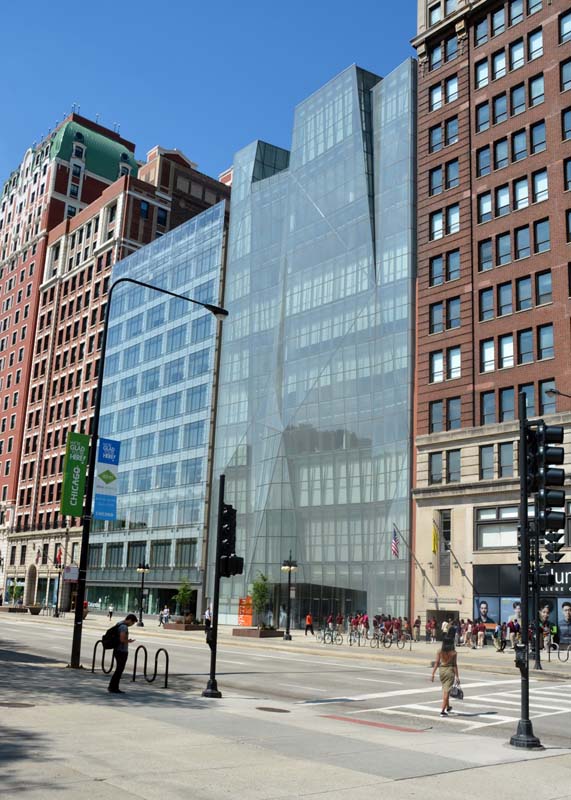
Krueck and Sexton, Spertus Institute for Jewish Learning, Chicago, Illinois, 2007. Photograph by Dell Upton, 2015. ArchDaily wrote that “its faceted and folded glass façade is an expression of light, both metaphorical and actual, which is fundamental to Jewish religious and intellectual traditions.”
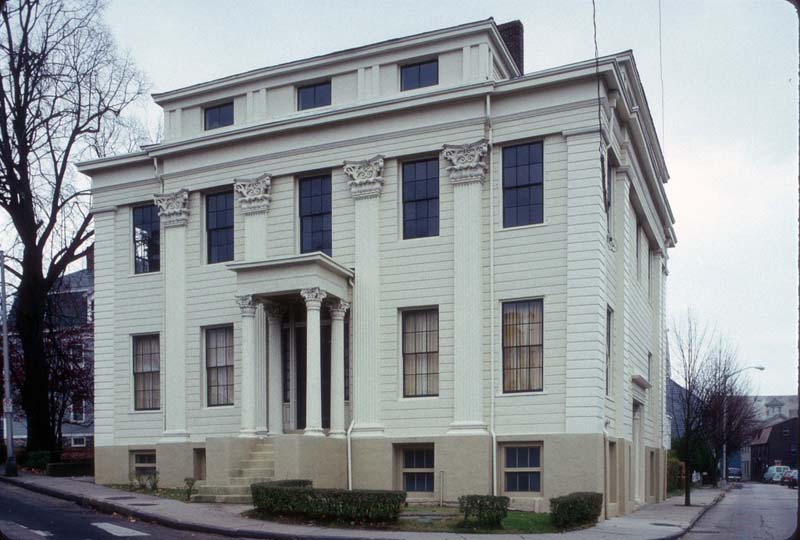
Warren Russell, Levi Gale House, Jewish Community Center, 1835. Photograph by Dell Upton, 1992. William H. Jordy wrote the SAH Archipedia entry on the structure.
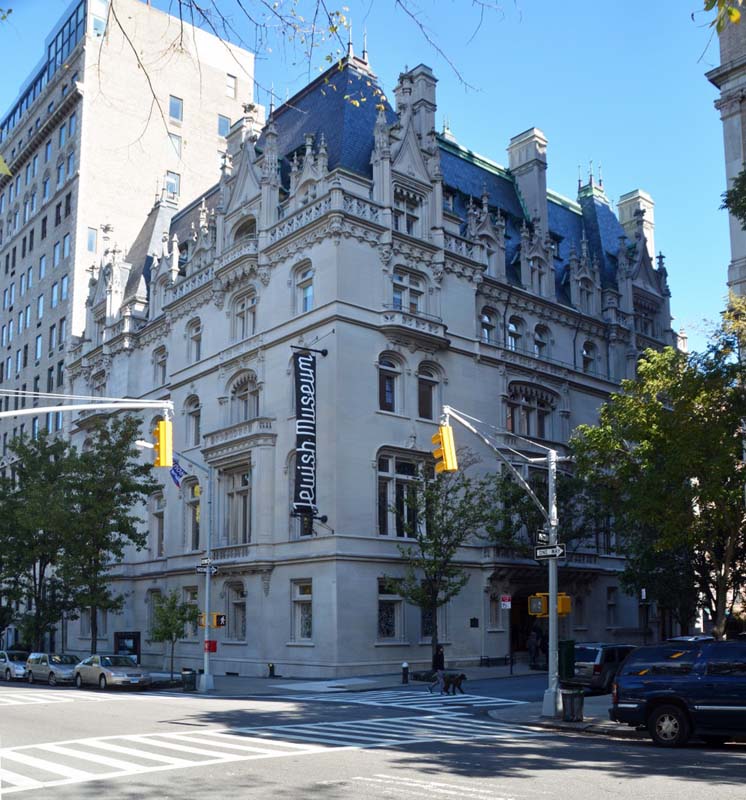
Charles Pierrepont Henry Gilbert and Kevin Roche, Felix and Frieda S. Warburg House, Jewish Museum, New York, New York, 1909. Photograph by Dell Upton, 2014. The structure is one of those of the gilded age that came in the wake of Richard Morris Hunt’s chateau-esque mansion for the Vanderbilts.
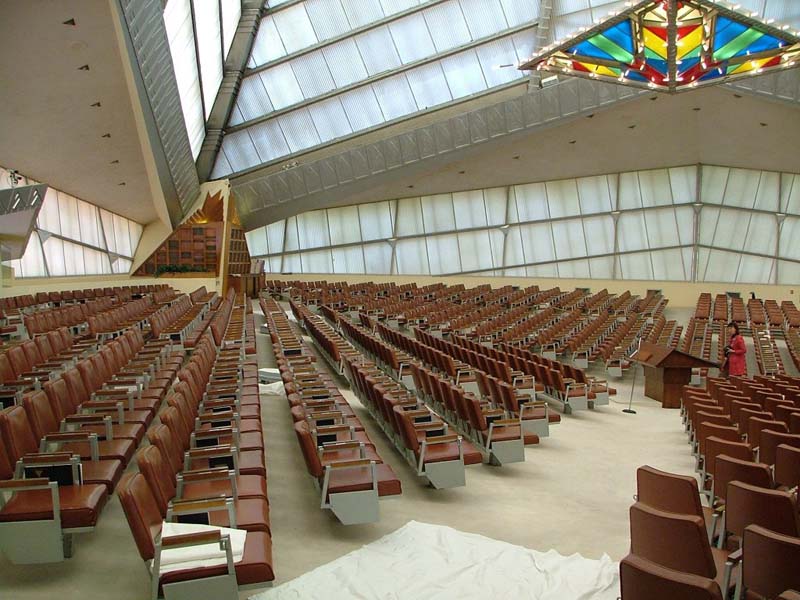
Frank Lloyd Wright, Beth Shalom Synagogue, Montgomery, Pennsylvania, 1953-59. Photograph by Peter Clericuzio, 2010. George E. Thomas wrote the SAH Archipedia entry.
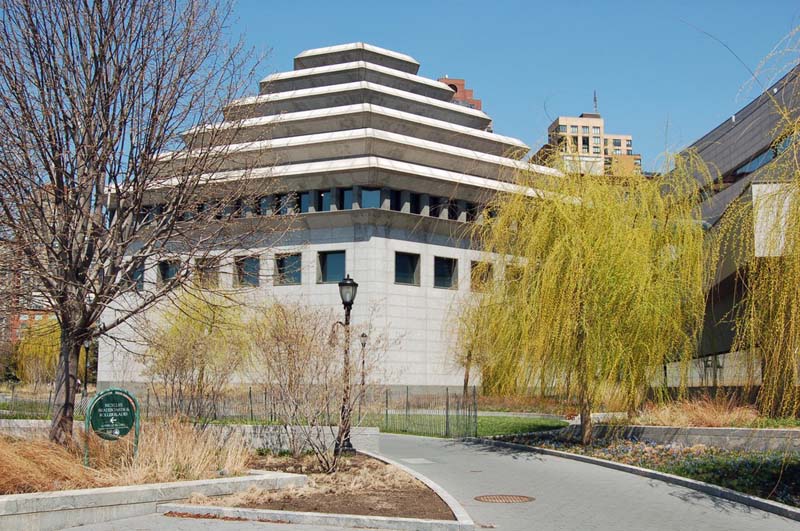
Kevin Roche and John Dinkeloo & Associates, Battery Park City: Museum of Jewish Heritage, New York, New York, 1996. Photograph by Dell Upton, 2007.
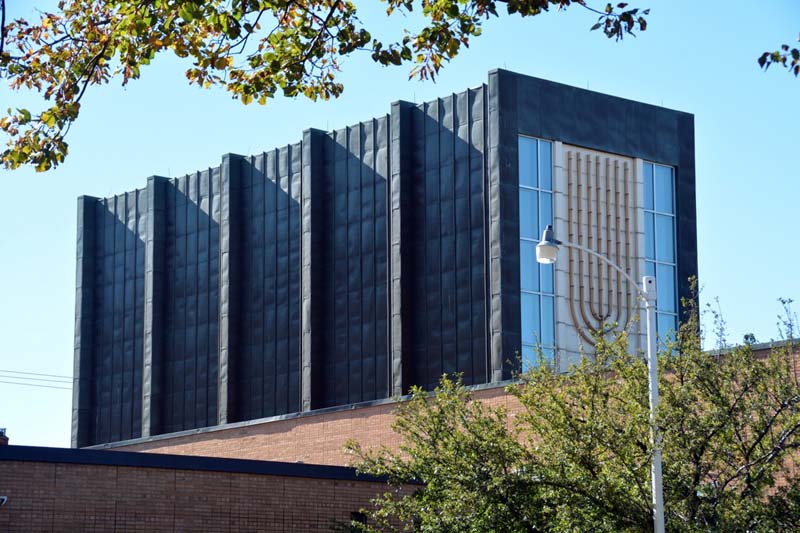
Erich Mendelsohn, Mount Zion Temple, Saint-Paul, Minnesota, 1950–54. Photograph by Dell Upton, 2016. Mendelsohn was Jewish and had a thriving practice in Berlin. He fled Germany in 1933 for England. Before his arrival in the US in 1941 he worked on a number of projects in Mandatory Palestine.He died while the Temple was under construction.
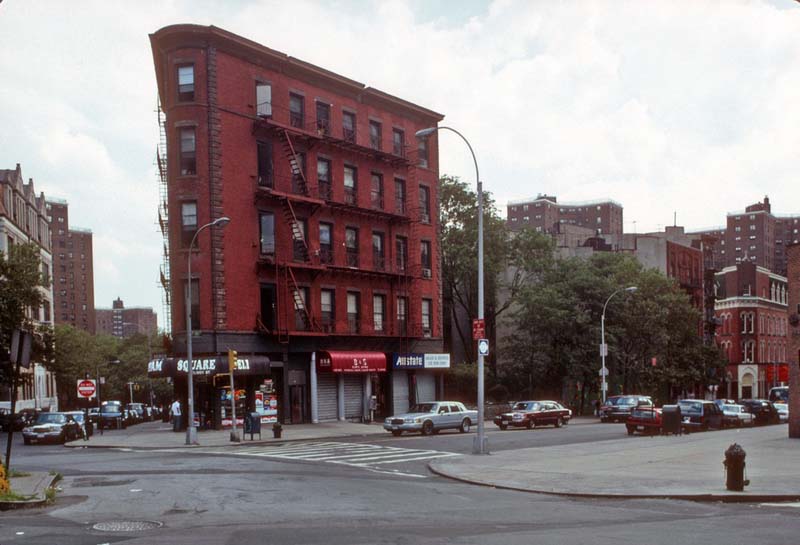
Chatham Square, Five Points Neighborhood, New York, New York, late 19th century. Photograph by Dell Upton, 1998. The urban space marks the geographic beginning of Chinatown, yet it was also a nexus of immigration. Its Five Points Neighborhood had significant Irish, Italian, African-American, Jewish and Chinese and populations. Nearby is the oldest Jewish American cemetery, photographs of which are also a part of the SAHARA.
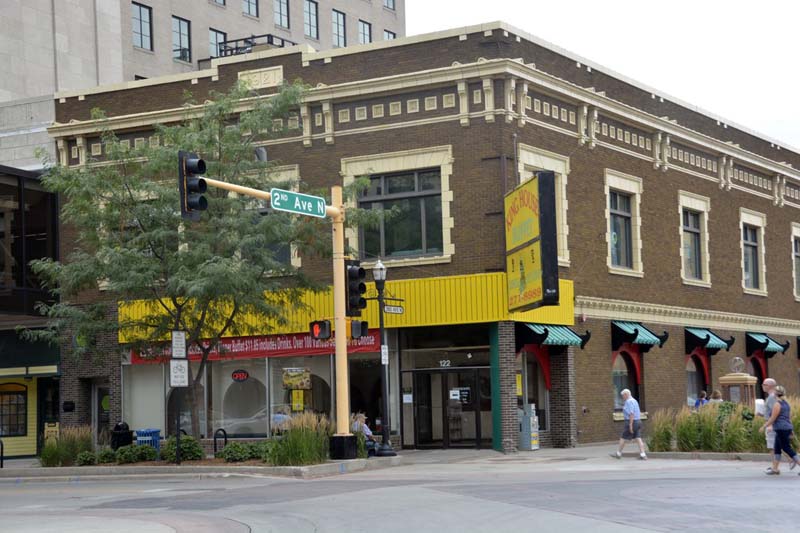
Hancock Brothers, Merchants National Bank, King House Chinese Buffet, Fargo, North Dakota, 1921. Photograph by Dell Upton, 2019. Stewart Brand’s minor cult classic, How Buildings Learn and What Happens After They’re Built (1994) espouses a theory that relates to this structure. Designed as a bank, it was later transformed into a Chinese restaurant. As with many Chinese restaurants, it enjoyed the patronage of the local Jewish community who enjoyed dining there during Christian holidays when other businesses were closed.
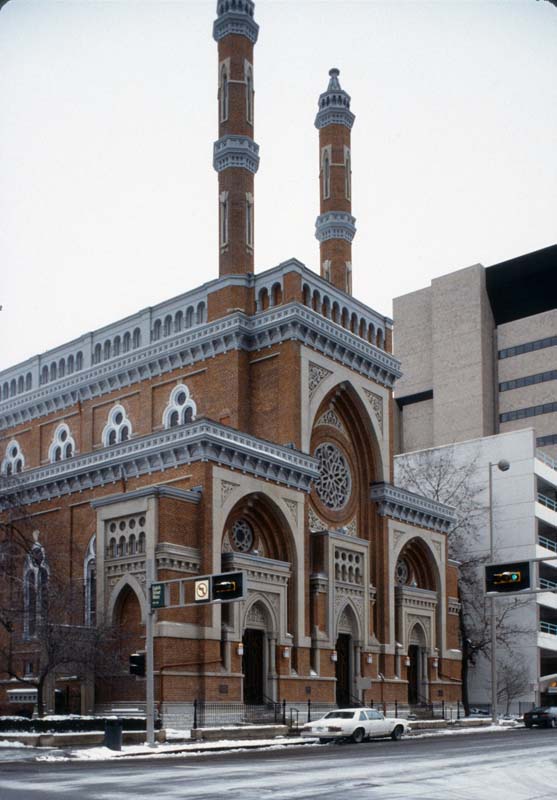
James Keyes Wilson, Plum Street Temple, Cincinnati, Ohio, 1865–66. Photograph by Dell Upton, 1996. Its eclectic stylings refer to Moorish Spain, a period when Jews, Christians and Muslims lived together peacefully on the Iberian peninsula.
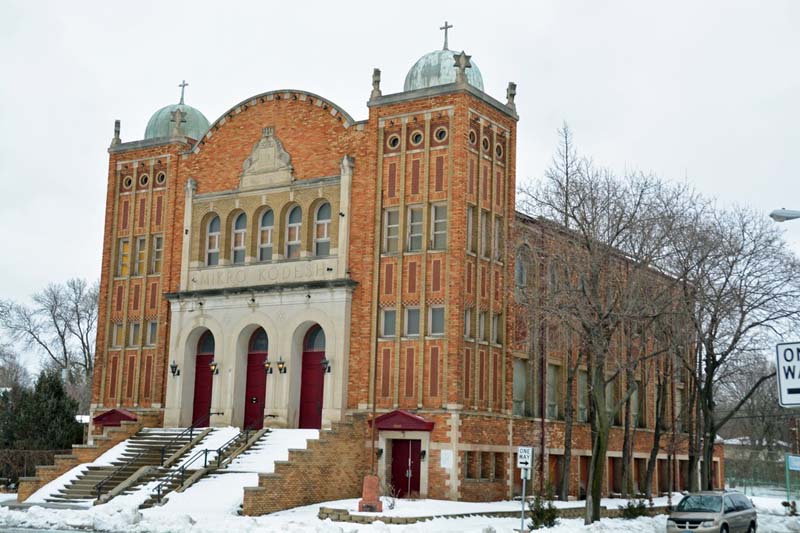
Septimus J. Bowler. Congregation Mikro Kodesh, Minneapolis, Minnesota, 1926. Photograph by Dell Upton, 2018. Mikro Kodesh was once the largest Orthodox congregation in the Upper Midwest. The building is now owned by the Disciples Ministry Church.


